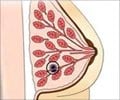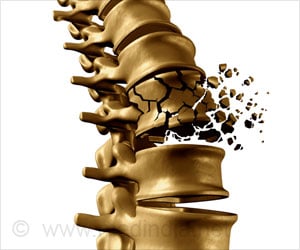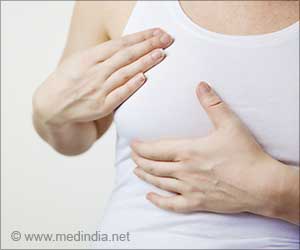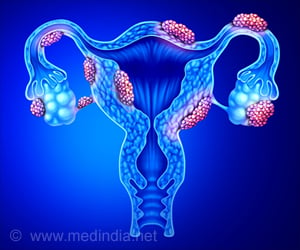Breast reconstruction with custom molds aims to enhance patient recovery, reduce procedure costs, and improve psychosocial outcomes.
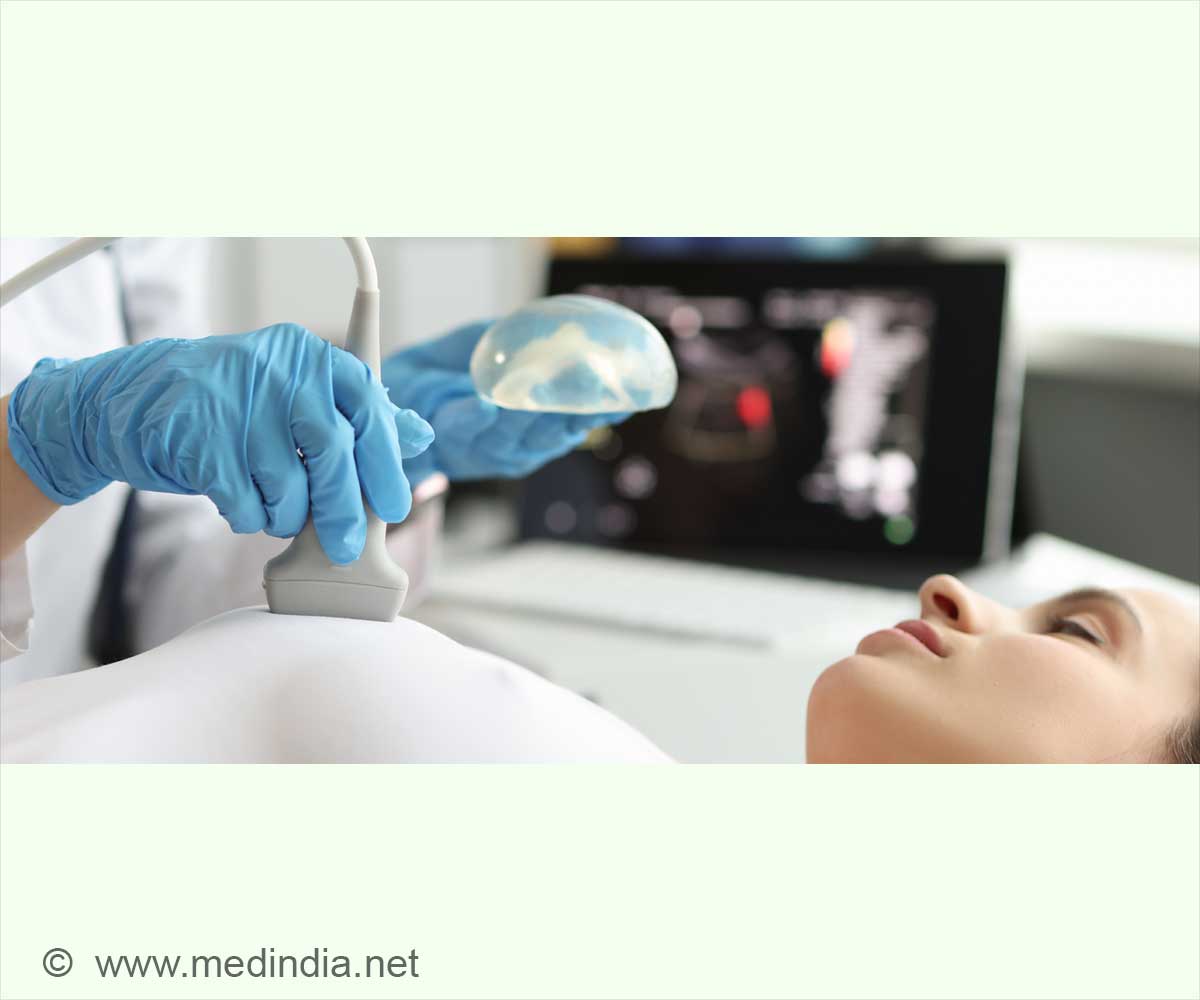
Next-Level Breast Reconstruction After Cancer
Go to source).
‘In the United States, 1 in every 8 women will be diagnosed with #breast_cancer in their lifetime, and more than 40% of those who undergo surgery will need #breast_reconstruction. #medindia’





With a $2.7 million grant from the National Institutes of Health, the goal of the research is to
- Improve the quality and efficiency of breast reconstruction
- Reduce hospital stays
- Support patients’ psychosocial adjustment to survivorship
Barriers in Breast Reconstruction
During the commonly performed autologous reconstruction, the surgeon uses skin, fat, blood vessels, and muscle from another part of the patient’s body to rebuild the breast. This method is widely recognized as effective, with long-term advantages over other techniques.However, autologous reconstruction procedures are complex, lengthy operations requiring substantial skill and experience. Plus, a revision procedure is typically required to adequately restore the patient’s bodily form; in some cases, multiple revisions are needed.
Advantages of New Breast Molds
In practice, the new algorithm-driven breast molds should reduce the cost of reconstruction and the pain and risk associated with reconstruction by reducing the number of procedures a patient undergoes.Prior work investigated simple molds that merely copied the preoperative shape and size of the patient’s breasts, or a mirrored version of the contralateral breast in the case of unilateral breast reconstruction. But many patients desire or require a different breast form after mastectomy so simply copying the preoperative breast form is inadequate.
Advertisement
Reference:
- Next-Level Breast Reconstruction After Cancer- (https:uh.edu/news-events/stories/2024/august/08272024-merchant-breast-reconstruction-nih-grant.php)
Advertisement

